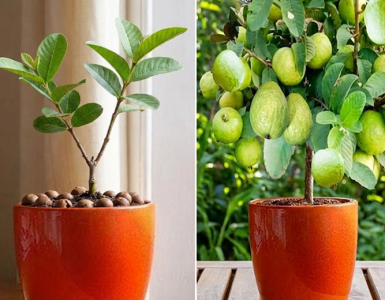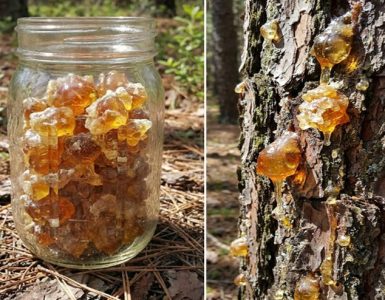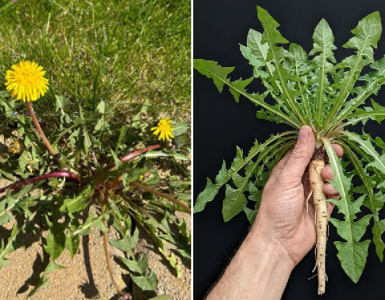Hydrangeas are beloved for their stunning blooms and vibrant colors that adorn gardens throughout the summer months. To ensure your hydrangeas dazzle with an abundance of blooms, it’s essential to provide them with proper care and attention during the spring season. Here are five important tasks to tackle in spring to promote healthy growth and maximize flower production for a breathtaking summer display.
1.Pruning
Spring is the ideal time to prune hydrangeas to encourage new growth and shape the plant for the upcoming season. Different hydrangea varieties may require different pruning techniques, so it’s essential to identify the specific type of hydrangea you have before pruning. Generally, you’ll want to remove dead or damaged wood, thin out overcrowded branches, and cut back last year’s growth to encourage the development of strong, healthy stems.
2.Soil Testing and Amendment
Before the growing season kicks into high gear, take the time to test the soil pH around your hydrangeas. Hydrangeas’ flower color can be influenced by soil pH, with acidic soils producing blue flowers and alkaline soils producing pink flowers. Depending on your desired flower color, you may need to adjust the soil pH by adding amendments such as elemental sulfur for acidification or lime for alkalization. Amending the soil in spring gives the amendments time to integrate before the hydrangeas start actively growing.
3.Fertilization
Hydrangeas benefit from a balanced fertilizer application in early spring to provide them with the nutrients they need for robust growth and abundant flowering. Choose a fertilizer formulated for flowering shrubs and follow the manufacturer’s instructions for application rates. Avoid over-fertilizing, as this can lead to excessive foliage growth at the expense of flower production.
4.Mulching
Applying a layer of organic mulch around the base of your hydrangeas in spring helps conserve soil moisture, suppress weed growth, and regulate soil temperature. Use materials such as shredded bark, compost, or pine straw and spread them evenly around the root zone, being careful not to pile mulch against the stems or crown of the plant. Mulching also adds organic matter to the soil as it breaks down, improving soil structure and fertility over time.
5.Watering
Proper hydration is crucial for hydrangeas, especially as they emerge from dormancy and begin actively growing in spring. Keep the soil consistently moist but not waterlogged, aiming for about an inch of water per week, either from rainfall or supplemental irrigation. Water deeply and infrequently to encourage deep root growth and drought tolerance. Be vigilant during hot, dry spells, as hydrangeas are sensitive to drought stress, which can lead to wilted foliage and diminished flower production.
By prioritizing these five spring tasks for your hydrangeas, you’ll set the stage for a spectacular summer display of blooms. From pruning to soil testing, fertilization, mulching, and watering, each job plays a vital role in promoting healthy growth and maximizing flower production. With proper care and attention, your hydrangeas will reward you with an abundance of beautiful blooms that will enhance your garden’s beauty and charm throughout the summer season.






Add comment